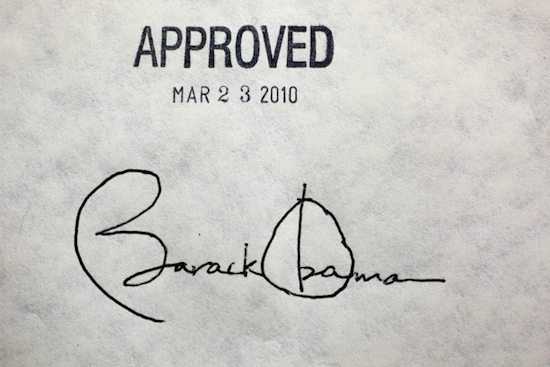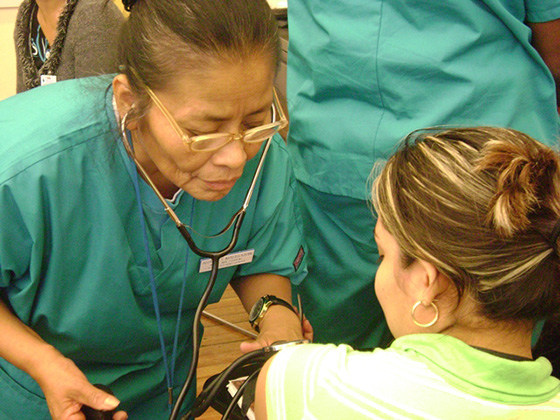The ACA Turns Six!
On March 23, 2010 President Obama signed the historic Affordable Care Act (ACA) into law. Six years later, the ACA has helped millions of Americans, including Latinos, gain access to health coverage, while improving the quality of that coverage. To mark the sixth anniversary of the ACA, here are six ways the the law has improved access to quality health coverage for the Latino community, along with a couple of opportunities to build on this progress:
-
Thanks to the ACA, more Latino adults have health coverage than ever before.
—Over four million Latino adults have gained health coverage because of the ACA, reducing the Latino uninsurance rate from one in three in 2010 to one in five in 2014.
-
Nearly one million Latino children have gained health coverage.
—Thanks to provisions in the ACA like Medicaid expansion, as well as the Children’s Health Insurance Program, the Latino child uninsurance rate has dropped from one in six in 2009 to one in 10 in 2014. Research shows that when parents have coverage, their kids are more likely to have coverage.
-
Significantly more Latino young adults have access to health coverage.
—Between 2010 and 2014, the uninsurance rate for Latino young adults (aged 18–24) declined from 4% to 24.8%. Thanks to the ACA, young adults can stay on their parents’ health plan, or they can shop for their own plan on the health insurance marketplace.

-
Seventy-two preventive services are available free of charge.
—Seventeen million Latinos have access to preventive services free of charge. In all, 72 preventive services are now free of charge, thanks to the ACA, including screenings for chronic diseases and conditions like high blood pressure and type 2 diabetes.
-
The ACA provides increased protections for vulnerable populations.
—Section 1557, a new civil rights provision in the law, prohibits discrimination based on a variety of statuses including nation of origin, race, age, sex, or disability. Section 1557 also provides meaningful language services for those with limited English proficiency.
—Gone are the days when insurance companies could deny coverage based on a preexisting condition. This is especially significant for Latinos given the community’s disproportionate burden of certain chronic conditions.
-
The law invests in our nation’s health care safety net.
—The ACA has provided $11 billion in investments for community health centers, where Latinos represent about one in three patients. Thanks to this funding, 950 community health centers have been built across the country, and a critical source of health care in the Latino community continues to flourish.
Looking ahead, it is important to seize opportunities to build on these gains and increase coverage for more people. A couple ways to build on these accomplishments include:
- Accounting for recipients of Deferred Action for Childhood Arrivals and Deferred Action for Parents of Americans and Lawful Permanent Residents, who remain statutorily barred from accessing coverage in the health insurance marketplace.
- Expanding Medicaid programs in the 19 states that have yet to do so, leaving millions of low-income adults in the “coverage gap.” These people earn too much to qualify for Medicaid but not enough to qualify for premium tax credits in the health insurance marketplace. In two states alone, Texas and Florida, an estimated 700,000 Latinos would gain access to quality health coverage if these states expanded Medicaid.
At NCLR, we are committed to improving health care for all Americans, including Latinos. As we celebrate the ACA’s sixth year, we remain committed to protecting the gains that have been made and using the power of our collective voice to ensure that everyone has access to quality, affordable health care.



